Thanks to exclusive data from Similarweb, Retail Week can reveal the UK retail websites that are most popular with US shoppers.
Donald Trump may have paused higher tariffs for most countries, but the baseline tariff of 10% will still apply to the UK.
The UK retail sector is generally expected to feel minimal direct effects as a whole from the tariffs, but the trade war could have some big repercussions should it escalate.
Watching closely will be brands with strong popularity in the US. Data intelligence firm Similarweb has shared data with Retail Week on the top 50 British retail ecommerce sites based on visits from US browsers between April 2024 and March 2025.
It is important to state that this is not a guide to the brands that will be most affected by the tariffs. Price point, distribution and retail models vary significantly across the list and much of this will serve to protect some of these companies from tariff impacts.
It’s a good demonstration of how successful some British retail brands and shopping platforms have been at breaking into the American market.
These are the kinds of cross-geographical business links that are jeopardised by trade bust-ups between historic allies.
We will dig deep into the top 10, before showing the full ranking at the bottom of the page.
1. Depop
A surprising, but very strong number one on the list is social ecommerce app Depop. Between April 2024 and March 2025, there were 152.7 million US visitors to the site equating to 63.1% of its worldwide total.
Its position is a testament to the power of fashion resale in the modern era. Owned by global marketplace Etsy, it probably does not need to worry too much about tariffs given it connects shoppers with other users selling items.
Depop’s latest results for 2023 showed revenue of £71.3m, with an operating loss of £49.1m. The majority (61.8%) of its revenue was from the United States.
2. Asos
More conventional than Depop, but still a modern retail innovator, Asos has maintained a foothold in the US. The e-tailer had 2.1 million active customers in the US in the year to September 1, 2024, equating to 10.7% of its worldwide user base.
Like-for-like sales fell by a considerable 28% compared to the same period the year before, which the business attributed to market weakness and aggressive promotions by its competitors.
Asos is shielded from tariffs due to the “de minimis” exemption, which means shipments under $800 are exempt from tariffs (very little on Asos comes close to that amount). This has been removed for Chinese imports, but will only be applied to the UK and other countries once “adequate systems are in place to fully and expeditiously process and collect duty revenue”.
Asos announced plans earlier this year to close its US base and serve customers there from Barnsley. It was recently confirmed that these plans still stand.
3. Farfetch
There are a lot of products on luxury fashion marketplace Farfetch that cost more than $800. The site received 56.4 million US visits during the April to March period.
Yet again though this is a case where the model offers some benefits, given Farfetch’s primary role is as a marketplace connecting brands and boutiques with potential shoppers.
It does hold some inventory though, having bought Stadium Goods and department store Browns before being bought out itself by tech firm Coupang in a rescue deal.
Its parent company’s latest results showed Farfetch delivered $1.7bn (£1.3bn) net revenue in 2024, with a segment adjusted EBITDA of minus $34m (£26.4m).
Farfetch says on its site that it includes “the cost of duties and taxes” at checkout for US shoppers.
4. Dr. Martens
Cult footwear brand Dr. Martens has a lot of fans in the US. Its latest full-year results showed that 43% of its revenue is from the Americas, with some signs in its latest results that direct-to-consumer revenue there was starting to rally.
Shares in the company were boosted on Thursday after the tariff pause was announced the day before. The company produces in Asian countries like Vietnam that had been expected to face big US tariff hikes until Trump’s U-turn.
5. PrettyLittleThing
Debenhams Group is well represented in the top 50, with boohooMan at 15 and Boohoo placing at 19.
Its top youth brand by US visits though is PrettyLittleThing, which launched in the US in 2016. The brand drew 46.9 million hits from the US in the April to March period, according to Similarweb—representing 34.2% of its total worldwide traffic.
Debenhams Group mirror Asos closely here, with the brand’s goods mostly sitting underneath the minimis exemption. It also recently announced plans to close its US distribution facility in Pennsylvania and send goods to the country from Sheffield.
Sales in the US totalled £299.1m in the year ending February 29, 2024, down from £363.7m the previous year.
6. JD Sports
JD Sports has a big market in the US (equivalent to just under 40% of group sales).
Its own-label goods and many of the major footwear brands that it stocks also originate in the Asian countries Trump planned to hit hard with tariffs.
As a result, it was one of the UK retailers seeing the biggest share price hit during the tariff storm, with most of those losses now reversed as investors reacted to Trump changing his mind).
The Similarweb figures (44 million US visits) were only for the JD Sports brand, but it also operates Finish Line, Shoe Palace, DTLR and Hibbet. After announcing its results on Wednesday, the company said its profit guidance excluded the pending impact of changes to tariffs.
7. Gymshark
British activewear brand Gymshark resonates well with US consumers and its expansion in that market continues. It announced plans to open a large US flagship in New York earlier this year.
The US is its biggest revenue driver, with sales of £250.4m in the year to July 31, 2023. Former general manager for North America Kim Dolder was promoted to chief commercial officer of the brand in February.
8. Net-A-Porter
Farfetch’s fellow luxury multibrand destination Net-A-Porter also makes it into the top 10 list, with 34 million visits from the US during the April to March period. Its Yoox Net-A-Porter Group (YNAP) stablemate The Outnet also finished in position 14.
German firm Mytheresa agreed a deal to acquire YNAP from Richemont last Autumn. Shares in Mytheresa, which is listed in the US, were up by 13% on Wednesday as news of the tariff pause spread.
9. Lyst
Lyst is more of a platform than a retailer and, though it does offer a checkout, it is inventory-free and so does not need to worry so much about direct tariff impacts.
Shoppers use Lyst to browse thousands of fashion brands in one place. According to Similarweb, 23.4% of its visitors during the April to March period were from the US.
10. Clarks
Clarks is another heritage British footwear brand that does well with US shoppers. The latest accounts from parent company C&J Clark (No1) Limited for the year ending December 31, 2023, showed just under half (46.9%) of revenue was from the Americas region.
The retailer’s site says that most of its shoe production takes place in Asia, with a small percentage in Europe and Central America.



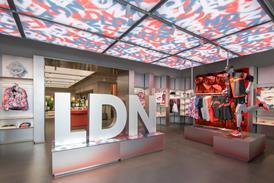



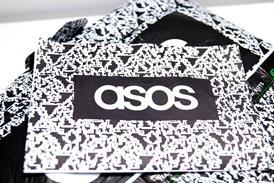
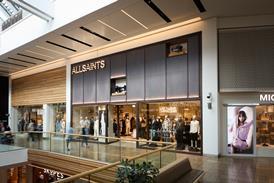




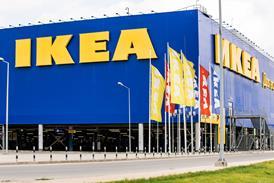




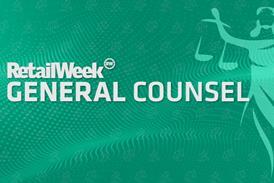
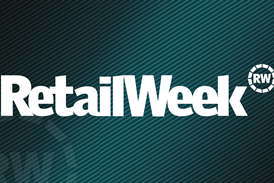














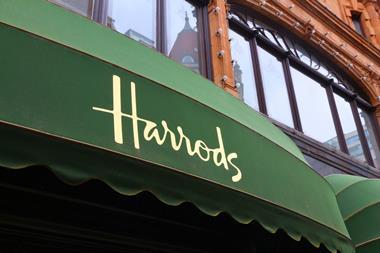
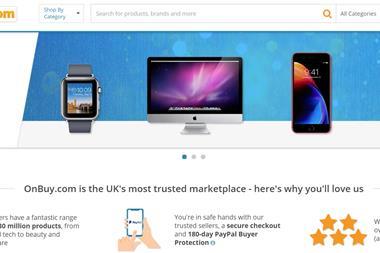
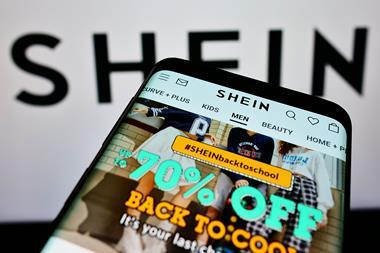
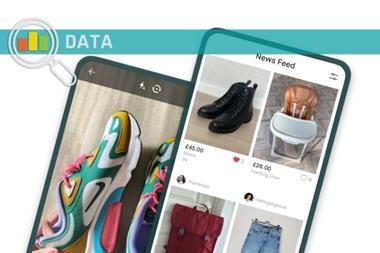








No comments yet